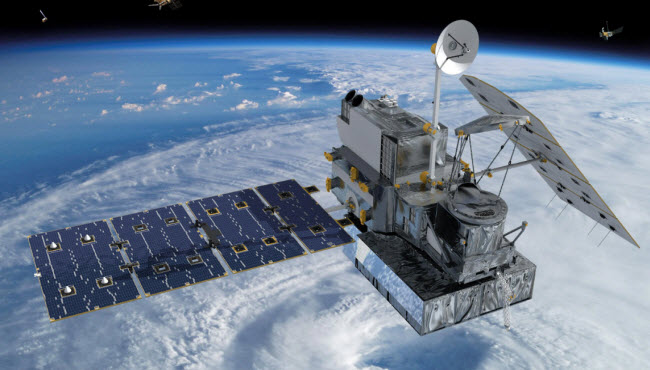Satellites are defined as objects in space that orbit a larger body. There are two types of satellites: natural, like the moon orbiting Earth, and artificial, like the International Space Station. Typically, when we talk about satellites, we refer to human-made machines launched to orbit Earth or other celestial bodies. Currently, there are thousands of satellites performing various functions, such as capturing images of Earth and other planets, including the Sun, which helps scientists understand more about our planet, the solar system, and the universe. Other satellites transmit television signals, facilitate communication (phone or internet), or serve military purposes, like controlling weapons or conducting espionage.
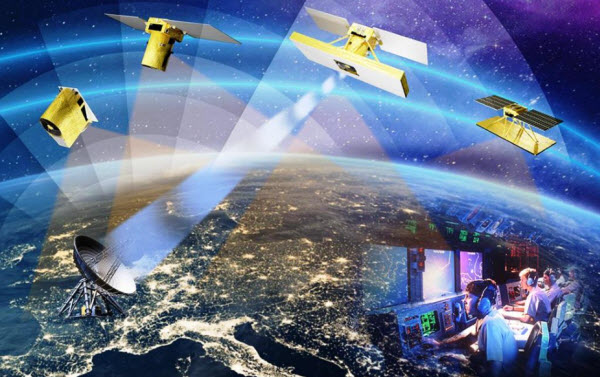
One of the key advantages of satellites is their ability to cover large areas of the Earth at once and their clear view of space, as they fly above Earth’s clouds and atmosphere. Before satellites, TV signals traveled in straight lines, causing interference from mountains or tall buildings. Long-distance phone calls were also expensive and challenging due to the difficulties in laying cables across long distances or underwater. Satellite technology has since eliminated these obstacles.
According to recent statistics, the largest share of satellites is used for commercial purposes, followed by military, governmental, and civil uses. The United States leads in satellite ownership, with around 1,900 satellites, followed by China with over 400, and Russia with 176.
History of Satellites
Satellites became a part of the space race, one of the defining aspects of the Cold War between the Soviet Union and the United States. On October 4, 1957, the Soviet Union launched the first satellite, “Sputnik 1,” a beach-ball-sized space probe. This achievement shocked the Western world, especially the United States, which believed that the Soviets were not capable of launching satellites into space. On November 3, 1957, the Soviet Union launched “Sputnik 2,” a larger satellite carrying the dog Laika. The United States successfully launched its first satellite, “Explorer 1,” on January 31, 1958, though it was only 2% the size of “Sputnik 2,” weighing 13 kilograms.
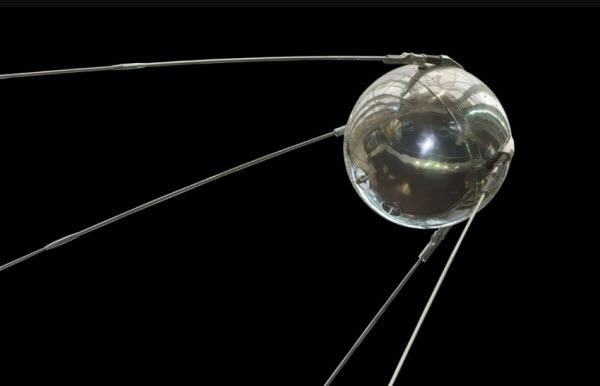
These satellites marked the beginning of the space race between the two superpowers, which continued until at least the late 1960s. The focus initially was on satellite development before moving to human space exploration. The U.S. concentrated on moon landings and developing the space shuttle program, while the Soviet Union built the first space station, “Salyut 1,” in 1971, followed by other stations like the U.S.’s “Skylab” and the Soviet’s “Mir.”
Many countries have since recognized the benefits of satellites and launched their own into space. Weather satellites have improved forecasting, and Earth-observing satellites like the Landsat series (now in its ninth generation) have monitored changes in forests, water, and other parts of our planet. Communication satellites enabled long-distance phone calls, and eventually, direct TV broadcasts became a normal part of life. Satellites also played a vital role in advancing internet communications.
With technological advancements, smaller satellites capable of multiple tasks are now being launched into orbit. Companies and universities frequently develop “CubeSats,” small cube-shaped satellites that often occupy low-Earth orbit and are deployed from rockets or mobile launchers, like the International Space Station (ISS), which is itself the largest artificial satellite built to date.
Components of Satellites
Operational satellites, whether manned or unmanned, typically consist of four main components: a power system (solar panels or nuclear batteries), an altitude control system, an antenna for transmitting and receiving data, and a payload for collecting information (e.g., cameras, particle detectors, or scientific sensors). These sensors gather data on Earth’s air and water or on the solar system and the universe. Not all satellites have all these components; some only have a power system and an antenna.
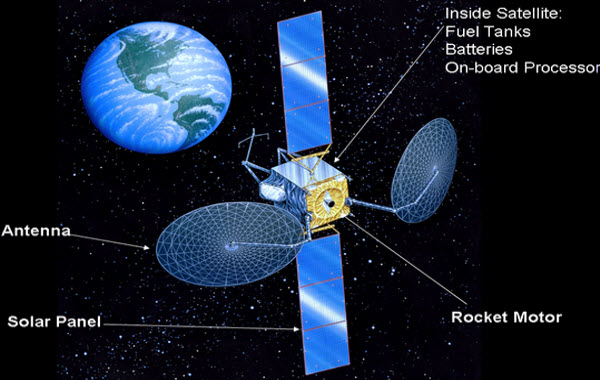
How Do Satellites Stay in Orbit?
Satellites, like projectiles, are affected by a single force—gravity. Technically, anything crossing the “Kármán line” at an altitude of 100 kilometers is considered in space. A satellite must move at least 8 kilometers per second to prevent it from falling back to Earth. Satellites close to Earth are at risk of falling because atmospheric particles slow them down, allowing gravity to pull them in. Satellites farther from Earth encounter fewer particles and maintain their speed.
There are various acceptable orbital regions around Earth, one of which is low-Earth orbit, extending between 160 and 2,000 kilometers. This is where the ISS and space shuttle missions operate. Most human missions, except the Apollo moon missions, occur within this region. The majority of satellites also reside in this orbit.
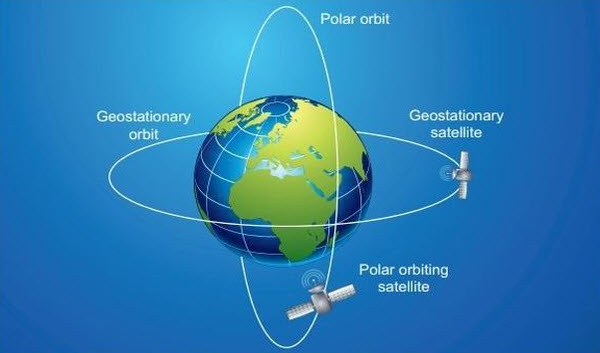
The geostationary or geosynchronous orbit is ideal for communication satellites. Located above the equator at an altitude of 35,786 kilometers, this orbit allows a satellite’s orbital speed to match Earth’s rotation, keeping it fixed over the same spot. This constant positioning enables reliable communication with fixed antennas on the ground. When a satellite reaches the end of its operational life, protocol dictates moving it aside to make way for new satellites.
While some satellites work best around the equator, others operate more effectively in polar orbits, covering the North and South poles. Weather and reconnaissance satellites are examples of those in polar orbits.
Preventing Satellite Collisions
Currently, there are an estimated half a million man-made objects in Earth’s orbit, ranging in size and shape, all moving at thousands of kilometers per hour. Only a small portion of these objects are satellites, meaning much of this debris consists of “space junk.” With so much material in orbit, collisions are a risk. Space agencies carefully consider orbital paths when launching objects into space. Agencies like the U.S. Space Surveillance Network track orbital debris and alert NASA and other organizations when something might collide with a crucial asset. Occasionally, the ISS must perform evasive maneuvers to avoid debris.
Collisions, however, still occur. One of the largest orbital debris incidents resulted from a 2007 Chinese anti-satellite test, which destroyed a Russian satellite in 2013. That same year, two satellites, Iridium 33 and Cosmos 2251, collided, creating a cloud of debris.
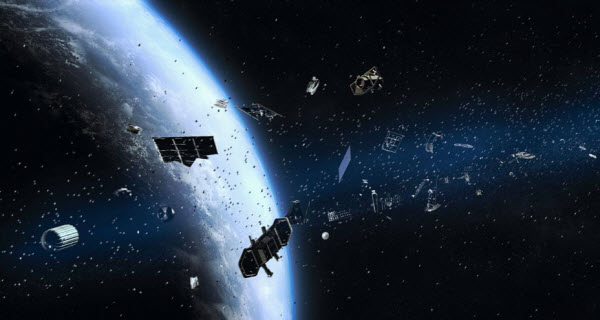
Despite conflicts on Earth, space has not been immune to political tensions. At the start of the new millennium, several military satellites were hacked by armed groups seeking access to sensitive information. Additionally, some countries successfully tested missiles capable of shooting down low-orbit satellites.
Today, NASA, the European Space Agency, and others are exploring ways to reduce orbital debris. Some propose removing dead satellites with nets or airbursts to push debris out of orbit and toward Earth. Others are working on refueling dead satellites for reuse, a technique recently tested on the ISS.
